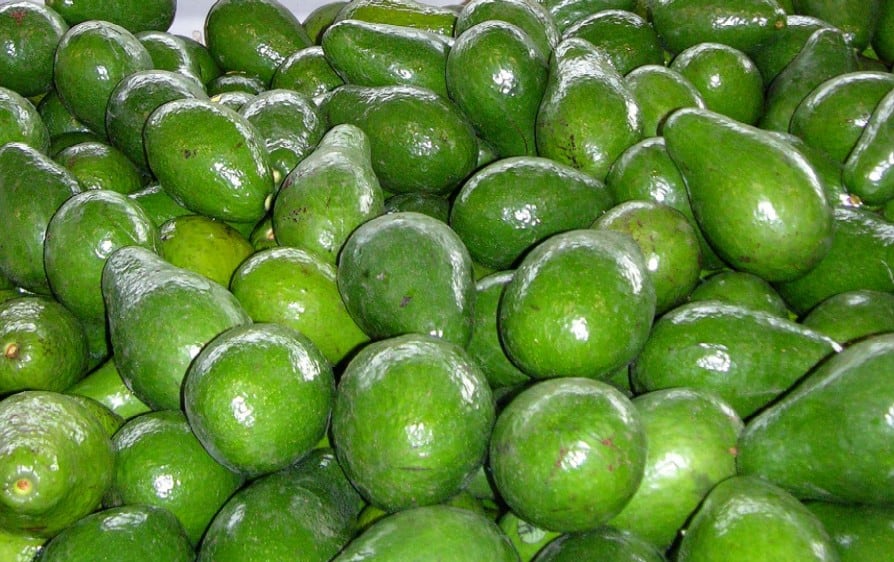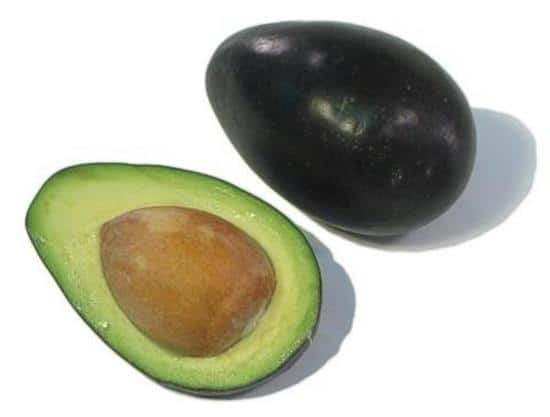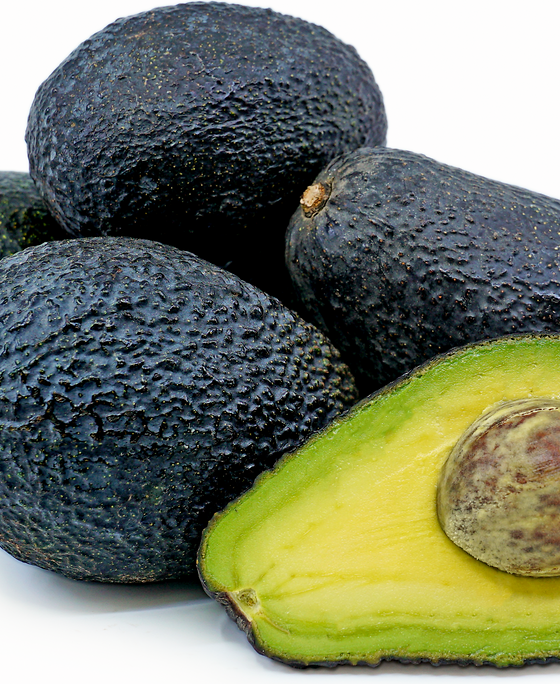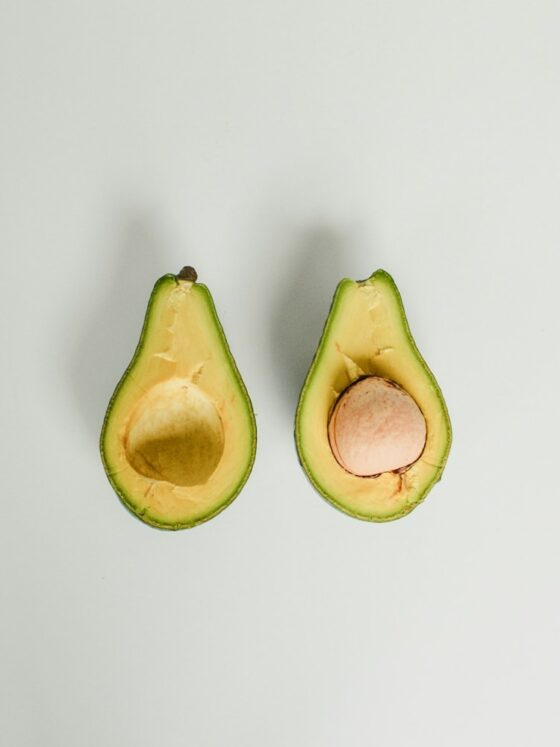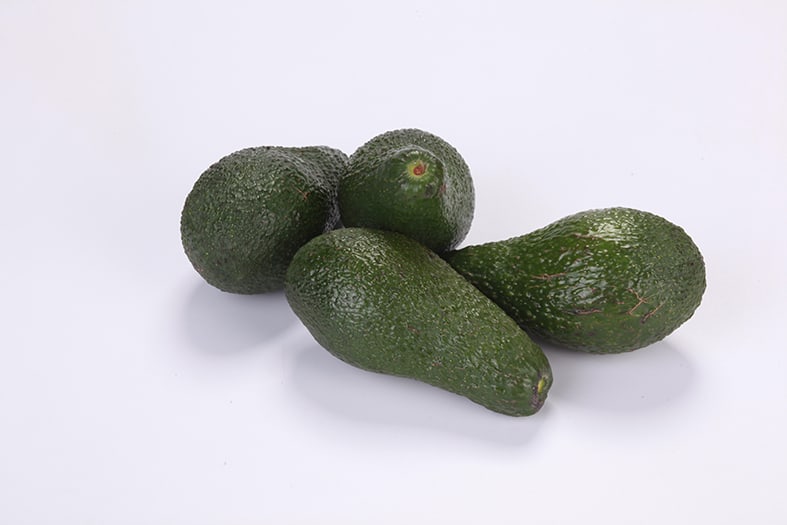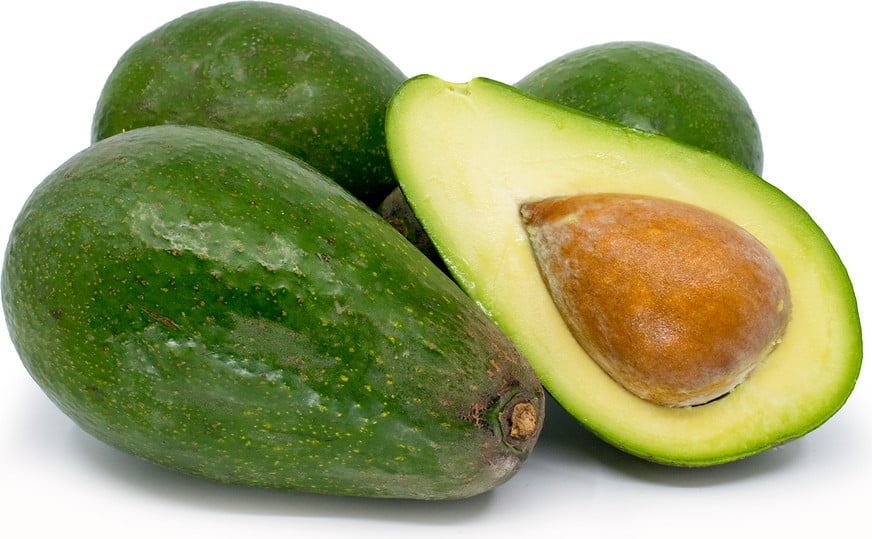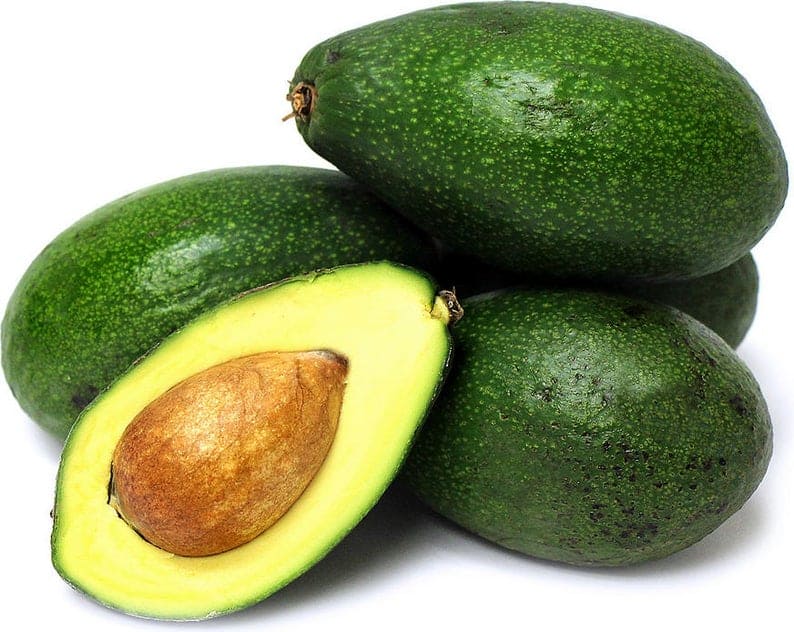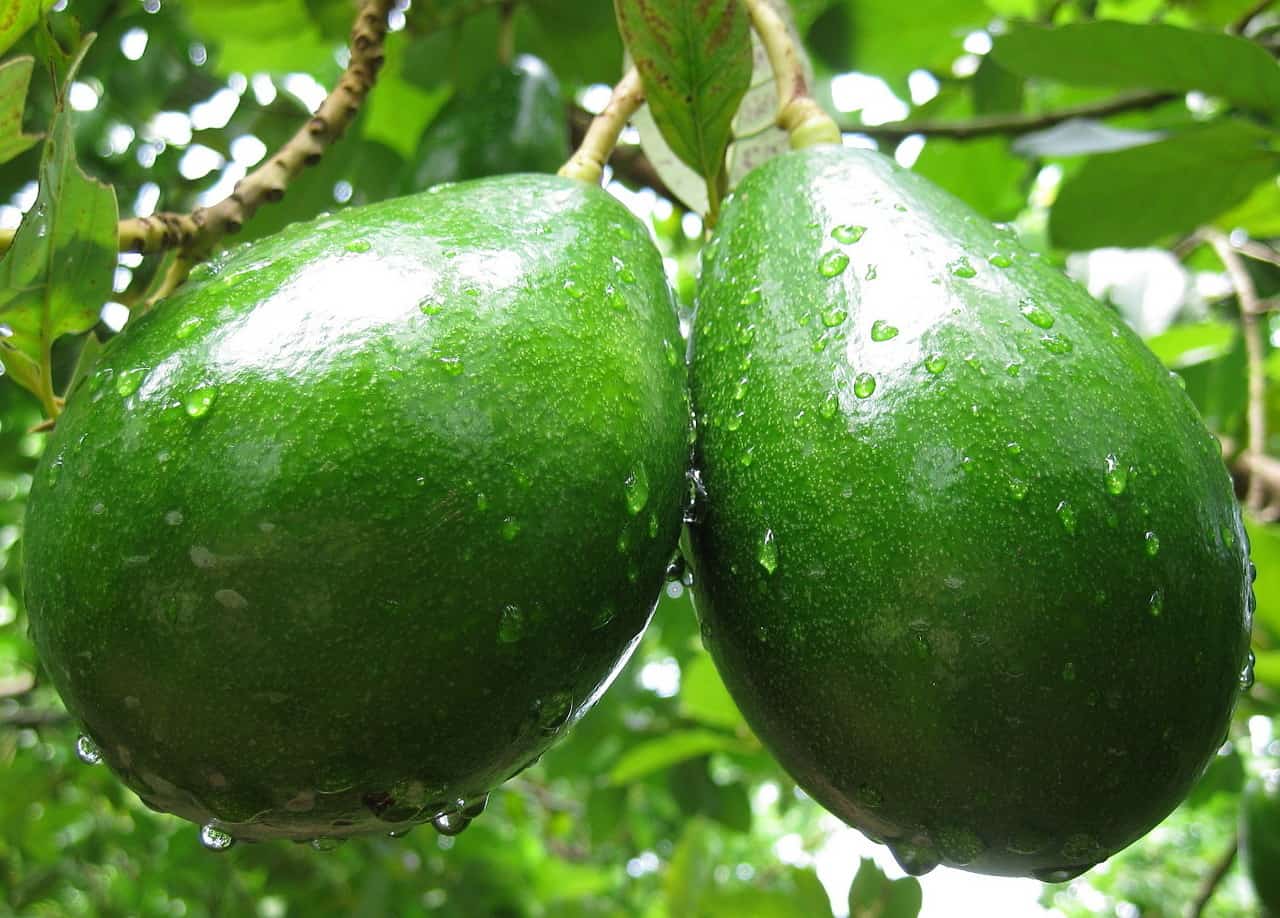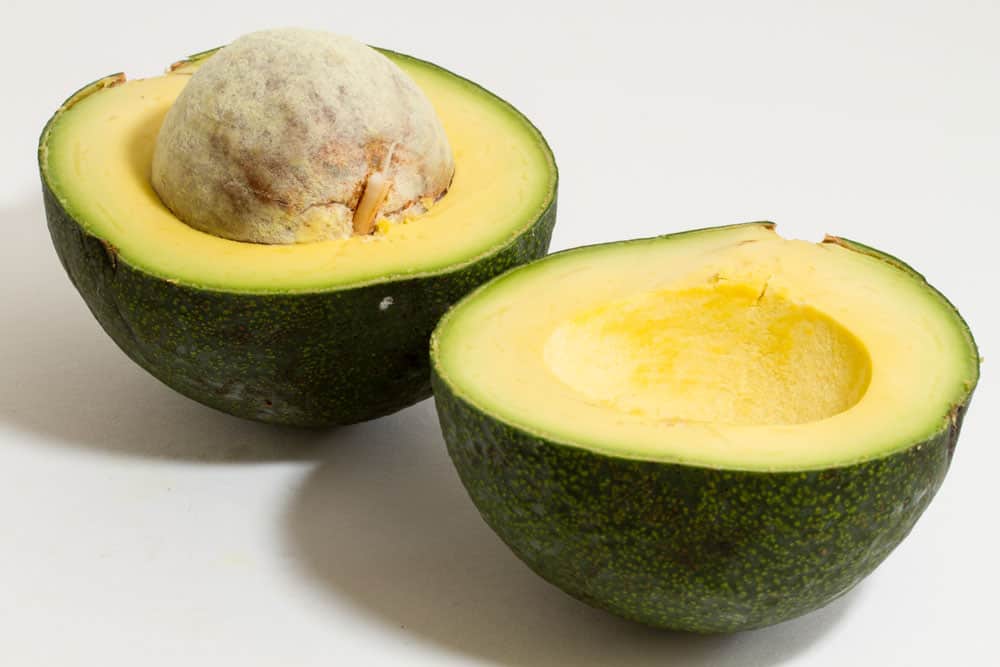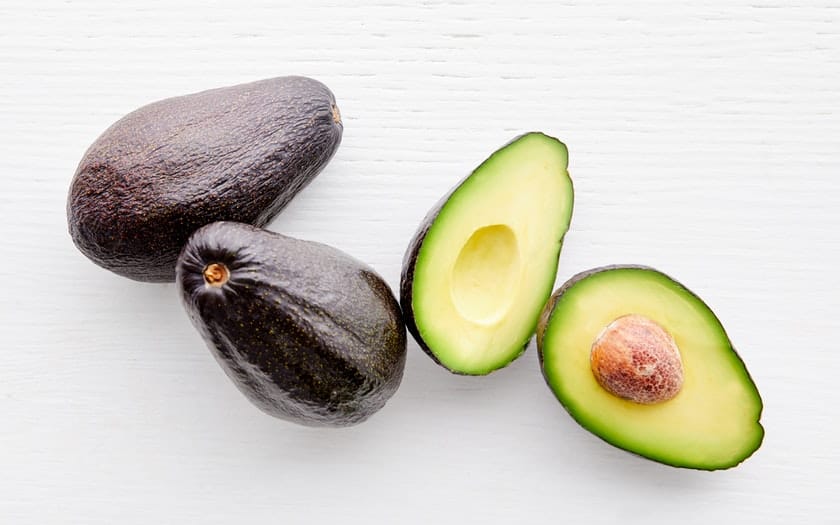Table of Contents
Key Takeaways
- The Choquette avocado is renowned for its large size and distinctive green-skinned appearance.
- It thrives in Florida’s subtropical climate, which nurtures its unique taste and texture.
- Beyond its flavor, the Choquette avocado offers noteworthy nutritional advantages.
Characteristics and Cultivation
When exploring the Choquette avocado, it’s important to focus on its distinctive physical attributes, optimal growing conditions, and patterns of harvest and yield.
This variety’s hallmarks include its large size, creamy texture, and ease of cultivation under the right conditions.
Physical Attributes
Choquette avocados are known for their large size, often weighing between 1.5 to 2.5 pounds, though they can surpass 3 pounds. They exhibit a pear-like shape, sometimes leaning towards oval, and are covered in glossy, green skin that is thicker than many other avocado varieties.
The skin’s thickness offers a natural barrier to bruising. Inside, the avocados have a creamy texture and a favorable flesh-to-seed ratio, with the pit being proportionally smaller compared to the flesh.
Growing Conditions
The Choquette avocado tree thrives in regions classified as USDA Hardiness zones 9a through 10b, enjoying a subtropical climate with plenty of sunlight.
The ideal soil should be a moderately acidic sandy loam, offering good drainage to prevent root rot.
These trees demand regular watering especially during dry spells, but overwatering should be avoided to maintain appropriate water content in the soil.
Annual pruning and fertilization are essential to support robust growth and disease resistance.
Harvest and Yield
Patience is a virtue when cultivating Choquette avocados, as maturity can take several years, with trees typically reaching full fruit production around age five to seven.
The harvest season for Choquette avocados usually falls between October and January, depending on the local climate.
A mature Choquette avocado tree can yield a significant amount of fruit annually, though this yield can vary based on care, sun exposure, and other environmental factors. When ripe, the fruit’s skin may darken slightly, indicating that it’s the perfect time for harvesting.
Nutritional Profile and Uses
The Choquette avocado sets itself apart with its impressive size and nutritional profile. It is a particularly large type of avocado that can weigh up to 30-40 ounces, and it’s recognized for its creamy texture with a buttery note, making it a favorite in a variety of dishes.
This section will delve into the health benefits conferred by the fruit’s richness in nutrients, as well as its culinary applications across diverse recipes.
Health Benefits
Avocados, including the Choquette variety, are densely packed with nutrients. They are an excellent source of vitamins K, C, and E, and are particularly high in fiber and potassium—even more so than bananas.
Their popularity rests not only on their appealing taste and texture but also on their richness in monounsaturated fats, or “good fats,” which include omega acids crucial for heart health.
Culinary Applications
The Choquette avocado’s size and rich flavor make it versatile in the culinary world.
When ripe, its creamy, smooth consistency serves well in traditional dishes such as guacamole.
Meanwhile, its buttery note with subtle nutty undertones complements avocado toast, salads, and sandwiches.
Furthermore, it can be used in smoothies or as a healthier substitute for butter in various recipes.
Choquette avocados, due to their West Indian heritage, also bring a distinct flavor profile to tacos and other Mexican, Guatemalan, and West Indies cuisines.

